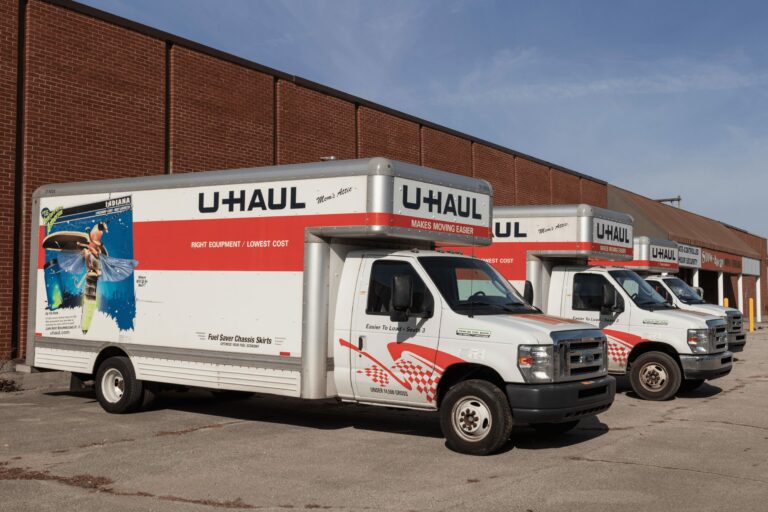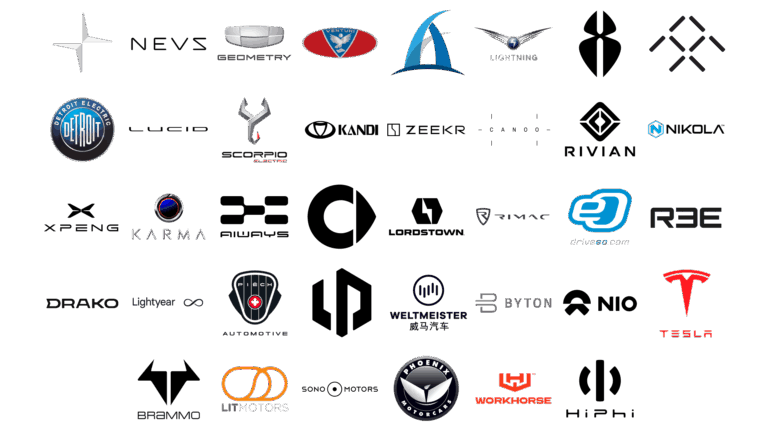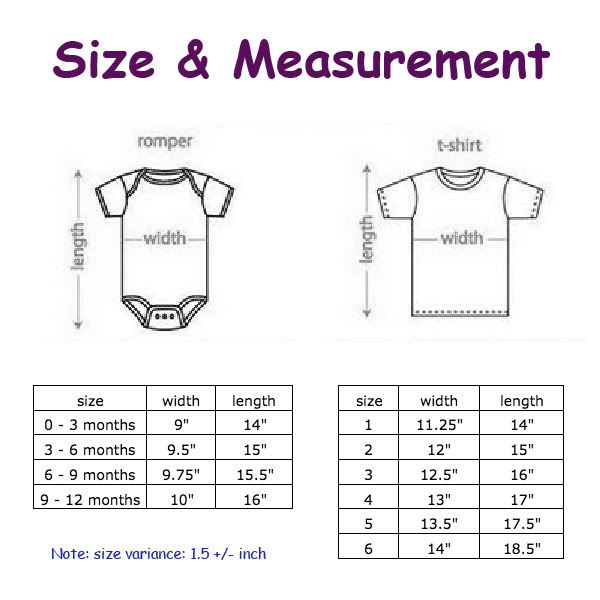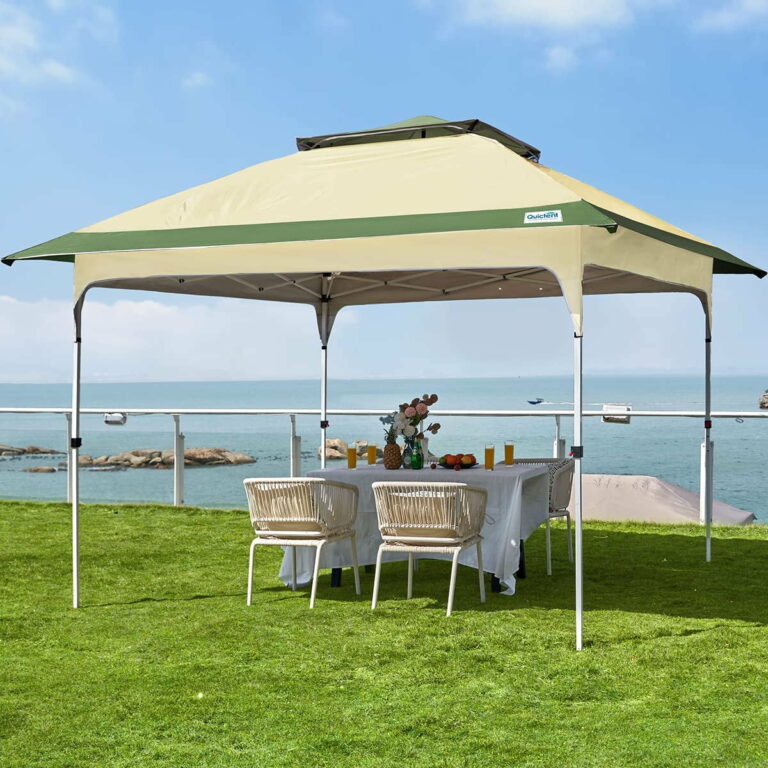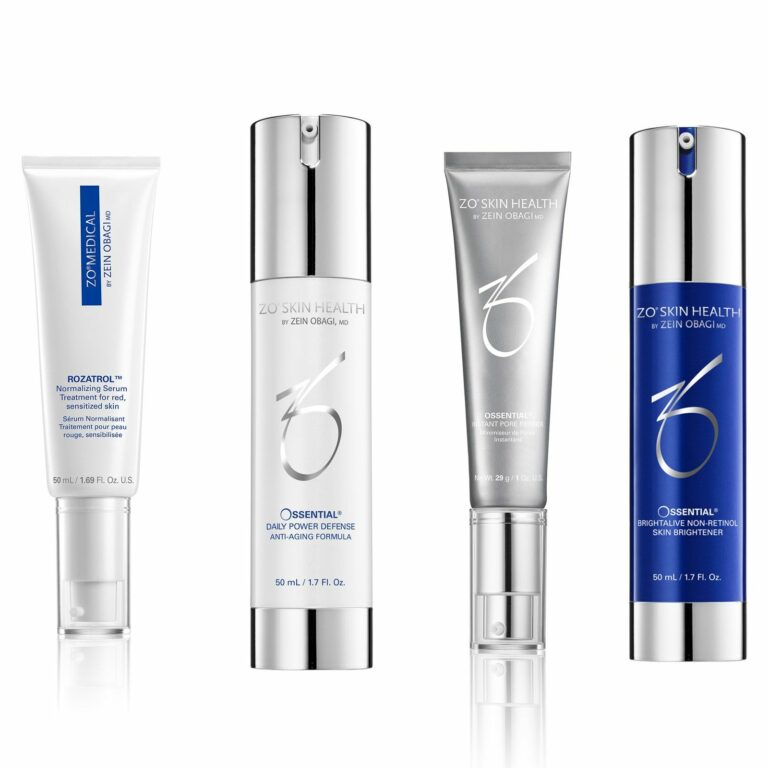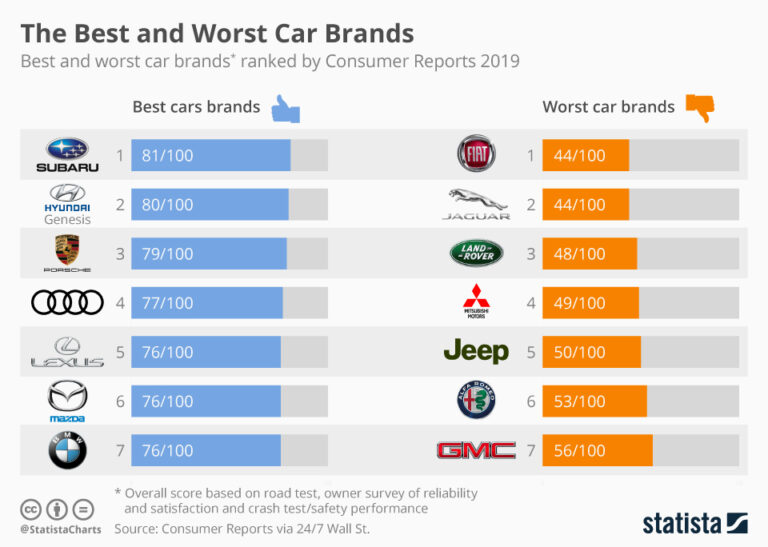Car Brand Controlled By Fiat: Navigating the Legacy of an Automotive Giant
Car Brand Controlled By Fiat: Navigating the Legacy of an Automotive Giant cars.truckstrend.com
The automotive industry is a complex tapestry woven from mergers, acquisitions, and strategic alliances. At its heart, for decades, has been Fiat, an Italian industrial powerhouse whose influence has extended far beyond its iconic small cars. When we speak of "car brands controlled by Fiat," we delve into a fascinating narrative of heritage, innovation, and the relentless pursuit of scale in a global marketplace. This article will meticulously explore the history, the key players, the synergies, and the challenges associated with the automotive marques that have, at various points, operated under the strategic umbrella of Fiat, culminating in its significant role within the new automotive giant, Stellantis. Understanding this intricate web is crucial for enthusiasts, consumers, and industry observers alike, as it sheds light on the DNA of many vehicles on our roads today.
Historical Context: The Evolution of Fiat’s Automotive Empire
Car Brand Controlled By Fiat: Navigating the Legacy of an Automotive Giant
Fiat, an acronym for Fabbrica Italiana Automobili Torino (Italian Automobile Factory of Turin), was founded in 1899. From its humble beginnings, it grew to become Italy’s largest industrial enterprise, diversifying into everything from railway materials to aircraft. However, its core identity remained deeply rooted in automobiles. Fiat’s journey to controlling other car brands began early, driven by a desire for market dominance, technological consolidation, and the preservation of Italian automotive heritage.
Early Acquisitions and Strategic Moves:
Fiat’s first significant step in building its portfolio came with the acquisition of Lancia in 1969. Lancia, known for its innovation, engineering prowess, and rallying success, provided Fiat with a premium, technologically advanced arm. This was swiftly followed by the rescue of Alfa Romeo in 1986, a brand synonymous with passionate driving and beautiful design, but which had fallen into financial difficulties. These acquisitions solidified Fiat’s position as the custodian of much of Italy’s automotive legacy, though integrating these distinct brands while maintaining their unique identities proved to be an ongoing challenge.
The Marchionne Era and the Birth of FCA:
The most transformative period for Fiat’s control over other brands began in the early 2000s under the leadership of Sergio Marchionne. Facing immense financial pressure and a fragmented global presence, Fiat embarked on a daring strategy of consolidation. The pivotal moment arrived in 2009 when Fiat took a controlling stake in the struggling American automaker Chrysler LLC, which had emerged from bankruptcy. This audacious move led to the formation of Fiat Chrysler Automobiles (FCA) in 2014, a global automotive giant headquartered in the Netherlands.
The merger with Chrysler brought a host of new brands under Fiat’s effective control, fundamentally altering its market footprint. These included:
- Chrysler: The historic American brand, primarily focused on minivans and sedans.
- Dodge: Known for its performance cars, muscle cars, and SUVs.
- Jeep: A globally recognized icon for SUVs and off-road vehicles, which quickly became the jewel in FCA’s crown.
- Ram: A dedicated brand for pickup trucks and commercial vehicles, spun off from Dodge.
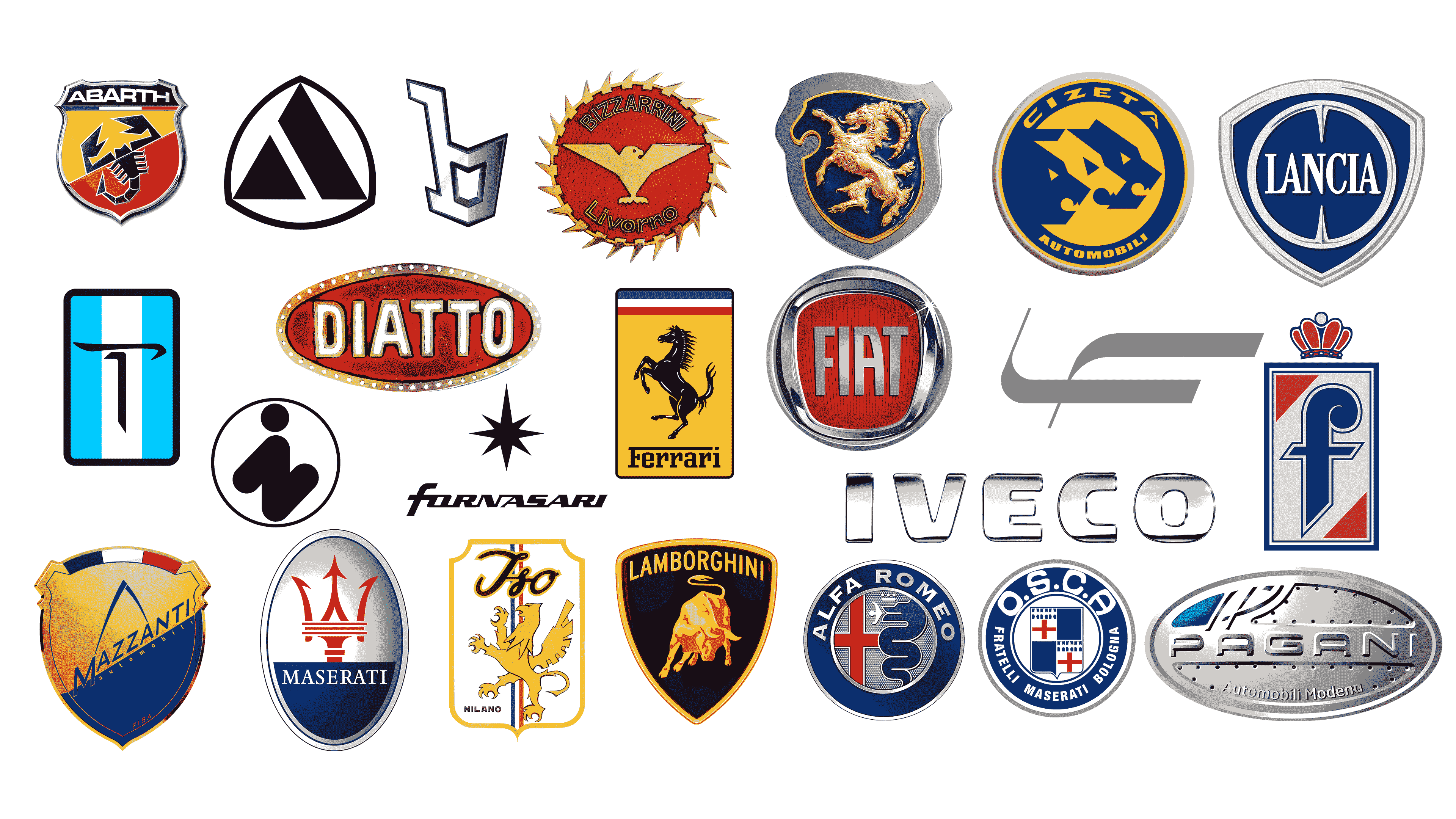
This expansion transformed Fiat from primarily a European small car manufacturer into a diversified global player with strong presences in North America, Latin America, and Asia.

The Stellantis Merger: A New Horizon:
The journey of brands "controlled by Fiat" took another monumental leap in 2021 with the merger of FCA and Groupe PSA (Peugeot S.A.) to form Stellantis. This consolidation created the world’s fourth-largest automaker by volume, bringing together 14 distinct automotive brands under one colossal umbrella. While Fiat no longer "controls" these brands in the sense it did before, its legacy, management structure (with former FCA CEO Carlos Tavares at the helm), and the integration of the FCA portfolio mean that the brands historically controlled by Fiat are now integral components of an even larger, more complex entity.
Key Brands Under Fiat’s Strategic Influence (Pre-Stellantis Focus)
Before the Stellantis merger, Fiat’s control manifested through direct ownership, shared platforms, unified management, and common strategic goals within the FCA group. Here’s a closer look at the prominent brands:
- Fiat: The core brand, primarily known for its compact and city cars like the iconic Fiat 500, Punto, and Panda. It also ventured into crossovers (500X) and small sedans. Fiat’s role was often to provide affordable, stylish, and efficient urban mobility solutions.
- Alfa Romeo: Positioned as Fiat’s premium sporty brand. Despite various attempts at revival, Alfa Romeo struggled to consistently meet sales targets under Fiat’s full ownership. However, models like the Giulia sedan and Stelvio SUV showcased its potential for dynamic performance and captivating design, leveraging shared platforms and engines within the FCA group.
- Lancia: Once a beacon of innovation and luxury, Lancia’s fortunes waned under Fiat’s long-term ownership. Its product line was drastically reduced, primarily offering the Ypsilon city car in Italy. It became a symbol of the challenges of managing multiple niche brands within a large conglomerate.
- Maserati: The luxury performance brand, Maserati received significant investment under Fiat’s control, particularly through the FCA era. Models like the Ghibli, Levante SUV, and the MC20 supercar were developed, aiming to challenge German luxury rivals and boost profitability. Fiat sought to leverage Maserati’s heritage and exotic appeal.
- Chrysler: Post-merger with Fiat, Chrysler’s product line significantly narrowed. It primarily focused on the Pacifica minivan, which became a benchmark in its segment, showcasing innovation in family transport.
- Dodge: Under Fiat’s influence, Dodge leaned heavily into its performance heritage. The Charger and Challenger muscle cars, along with the Durango SUV, became flagbearers for American horsepower and aggressive styling, carving out a distinct niche.
- Jeep: Without a doubt, Jeep was the standout success story of the Fiat-Chrysler merger. Fiat’s global reach and investment allowed Jeep to expand significantly, becoming a worldwide powerhouse for SUVs. Its iconic off-road capability, combined with increasing luxury and technology, resonated with consumers across diverse markets.
- Ram: Spun off as a standalone brand, Ram trucks flourished under FCA. They consistently challenged Ford and GM in the highly competitive North American truck market, known for their strong capabilities and increasingly refined interiors.

Benefits and Synergies of Fiat’s Control
The consolidation of these brands under Fiat’s control (and subsequently FCA’s) yielded several strategic advantages:
- Economies of Scale: Sharing platforms, engines, transmissions, and components across multiple brands significantly reduced research and development costs, as well as manufacturing expenses. The "Giorgio" platform, underpinning the Alfa Romeo Giulia and Stelvio, was a prime example, designed for flexibility and performance.
- Global Market Penetration: The merger with Chrysler provided Fiat with immediate and robust access to the lucrative North American market, while Chrysler benefited from Fiat’s European and Latin American distribution networks. Jeep, in particular, saw its global sales soar.
- Diversified Product Portfolio: The collective brands offered a wide range of vehicles, from affordable city cars and family minivans to rugged off-roaders, high-performance muscle cars, and luxury sedans. This diversification reduced reliance on any single market segment.
- Pooling of Resources: R&D, design, engineering expertise, and supply chain management could be centralized, leading to more efficient operations and the ability to undertake larger, more complex projects (e.g., developing new electric vehicle architectures).
- Financial Stability: Spreading financial risk across a broader base of brands and markets helped stabilize the overall group, making it more resilient to regional economic downturns or shifts in consumer preferences.
Challenges and Criticisms
Despite the benefits, Fiat’s control over such a diverse portfolio was not without its hurdles:
- Brand Dilution and Identity Crisis: A constant tension existed between leveraging shared components for cost savings and maintaining the distinct identity and heritage of each brand. Some critics argued that shared platforms could lead to a "homogenization" of driving feel or design elements.
- Underinvestment and Neglect: Historically, some brands, particularly Lancia, suffered from a lack of consistent investment and a clear strategic direction, leading to product stagnation and a shrinking market presence. Even Alfa Romeo’s revival was slower and less extensive than many hoped.
- Overlapping Models and Internal Competition: In some segments, there was potential for internal competition between brands (e.g., between certain Fiat and Dodge models in specific markets), potentially cannibalizing sales.
- Cultural Integration: Merging companies with distinct corporate cultures (e.g., Italian design flair vs. American engineering pragmatism) presented significant management challenges, requiring careful leadership to foster collaboration.
- Market Perception: Being part of a larger group can sometimes overshadow individual brand achievements or lead to a perception of "badge engineering" if not managed carefully.
The Stellantis Era: A New Chapter for Fiat-Controlled Brands
With the formation of Stellantis, the brands that were formerly under Fiat’s direct control are now part of an even larger, more diverse family. This mega-merger aims to unlock even greater synergies, particularly in the areas of electrification, software development, and autonomous driving technology.
Within Stellantis, the strategy emphasizes "families" of brands, with each brand encouraged to define its unique personality and target audience. The former FCA brands, including Fiat, Alfa Romeo, Lancia (which is now slated for a proper revival), Maserati, Chrysler, Dodge, Jeep, and Ram, are all integral to Stellantis’s global strategy. The focus is on leveraging common platforms (like STLA Small, Medium, Large, and Frame for EVs) while allowing each brand the design and engineering freedom to create distinct products. The future of these brands will be shaped by Stellantis’s ambitious electrification plans and its drive for efficiency and profitability across its vast portfolio.
Practical Advice and Actionable Insights
For consumers, enthusiasts, and industry watchers, understanding the "Fiat-controlled" legacy offers valuable insights:
- For Buyers: When considering a vehicle from one of these brands, recognize that while they possess unique brand identities, they often benefit from shared engineering, technology, and global supply chains developed under Fiat’s (and later FCA’s) stewardship. Research specific models for how they leverage these shared assets while maintaining their brand character.
- For Enthusiasts: Appreciate the strategic complexities involved in preserving distinct brand heritage within a large conglomerate. Follow the development of new models, especially from brands like Alfa Romeo and Lancia, as Stellantis attempts to revitalize them with new platforms and electrification.
- For Industry Observers: The journey of Fiat’s controlled brands serves as a case study in automotive consolidation. It highlights the constant tension between scale and distinctiveness, and the critical role of strong leadership in navigating market shifts and technological revolutions.
Car Brand Controlled By Fiat: Representative Pricing Information
While "Car Brand Controlled By Fiat" is a concept rather than a single product, the "price information" below provides an overview of the market positioning and estimated price ranges for representative models from the key brands that were under Fiat’s (and subsequently FCA’s) control. Prices are highly variable based on trim level, options, regional market, and model year, and are provided as general estimates in USD.
| Brand Name | Typical Vehicle Type(s) | Market Positioning | Representative Model (Example) | Estimated Price Range (USD) | Key Characteristic(s) |
|---|---|---|---|---|---|
| Fiat | Subcompacts, City Cars, Small Crossovers | Mainstream, Affordable | Fiat 500, Fiat 500X | $20,000 – $35,000 | Iconic design, urban mobility, efficiency |
| Alfa Romeo | Sedans, SUVs | Premium Sport, Luxury | Giulia, Stelvio | $45,000 – $80,000+ | Italian design, performance, driving dynamics |
| Lancia | Compact Cars, Minivans (historically) | Niche, Premium (Europe) | Ypsilon (current) | $25,000 – $35,000 | Elegance, historical innovation (currently limited) |
| Maserati | Luxury Sedans, SUVs, Sports Cars | High Luxury, Performance | Ghibli, Levante, MC20 | $85,000 – $250,000+ | Exclusivity, powerful engines, distinctive sound, style |
| Chrysler | Minivans, Sedans | Mainstream, Family | Pacifica | $35,000 – $60,000 | Family-focused, comfort, innovation in minivans |
| Dodge | Performance Sedans, SUVs | Mainstream, Performance | Charger, Challenger, Durango | $30,000 – $90,000+ | American muscle, high horsepower, bold styling |
| Jeep | SUVs, Off-Road Vehicles | Mainstream, Off-Road | Wrangler, Grand Cherokee | $30,000 – $80,000+ | Off-road capability, adventure, iconic design |
| Ram | Pickup Trucks, Commercial Vans | Mainstream, Work/Lifestyle | Ram 1500, Ram ProMaster | $40,000 – $90,000+ | Heavy-duty capability, luxury interiors (trucks) |
Note: These are general estimates and actual prices may vary significantly based on configuration, market conditions, and incentives.
Frequently Asked Questions (FAQ) about Car Brands Controlled by Fiat
Q1: What does "controlled by Fiat" mean in practice?
A1: Historically, it meant direct ownership and strategic oversight by Fiat S.p.A., leading to shared platforms, engines, management, and strategic direction across the brands within its group (e.g., Alfa Romeo, Lancia, Maserati). After the merger with Chrysler, this control extended to the American brands under Fiat Chrysler Automobiles (FCA).
Q2: Which car brands were historically under Fiat’s control?
A2: Key brands include Alfa Romeo, Lancia, Maserati, and Abarth (Fiat’s performance arm). With the formation of FCA, Chrysler, Dodge, Jeep, and Ram also came under this umbrella.
Q3: Is Fiat still a standalone company?
A3: No. Fiat S.p.A. merged with Chrysler Group LLC in 2014 to form Fiat Chrysler Automobiles (FCA). In 2021, FCA then merged with Groupe PSA to form Stellantis. Fiat is now one of 14 brands within the Stellantis conglomerate.
Q4: How did the merger with Chrysler happen?
A4: Fiat acquired a stake in the struggling Chrysler LLC in 2009 after its bankruptcy. Over several years, Fiat increased its ownership, eventually acquiring full control and forming Fiat Chrysler Automobiles (FCA) in 2014, leveraging Chrysler’s North American market presence and Fiat’s small car expertise.
Q5: What is Stellantis, and how does it relate to Fiat?
A5: Stellantis is one of the world’s largest automotive groups, formed in 2021 by the merger of Fiat Chrysler Automobiles (FCA) and Groupe PSA (Peugeot S.A.). Fiat, along with all the brands previously controlled by FCA, is now a brand within the larger Stellantis portfolio.
Q6: Are all Stellantis brands "Fiat-controlled"?
A6: No. Stellantis includes brands from both the former FCA group (e.g., Fiat, Jeep, Alfa Romeo) and the former PSA group (e.g., Peugeot, Citroën, Opel/Vauxhall). While Fiat’s legacy is significant within Stellantis, the control is now exercised by the Stellantis corporate entity, which encompasses a much broader range of brands and management structures.
Q7: What were the benefits of brands being part of a large group like Fiat/FCA?
A7: Benefits included economies of scale (shared platforms, engines), global market access, diversified product portfolios, pooling of R&D resources, and enhanced financial stability.
Q8: What were the challenges for these brands under Fiat’s control?
A8: Challenges included maintaining distinct brand identity amidst shared components, historical underinvestment in certain brands (like Lancia), potential internal competition, and integrating diverse corporate cultures.
Q9: Will "Fiat-controlled" brands lose their unique identity within Stellantis?
A9: Stellantis’s strategy aims to preserve and enhance each brand’s unique identity while leveraging common platforms and technologies. The goal is to avoid brand dilution and allow each marque to flourish in its specific market segment, particularly as the industry transitions to electrification.
Q10: Where can I find more information about specific models from these brands?
A10: You can visit the official websites of each brand (e.g., Fiat.com, AlfaRomeoUSA.com, Jeep.com, Maserati.com), or consult reputable automotive review sites and industry publications.
Concluding Summary
The narrative of "car brands controlled by Fiat" is a testament to the dynamic nature of the global automotive industry. From its early acquisitions of Italian marques like Lancia and Alfa Romeo to the audacious merger with Chrysler, Fiat consistently demonstrated a strategic drive for expansion and consolidation. This journey, culminating in the formation of Stellantis, created a complex, diversified automotive giant. While the direct "control by Fiat" has evolved into a broader "control by Stellantis," the legacy of Fiat’s influence on brands like Jeep, Alfa Romeo, and Maserati is undeniable. It showcases how a single entity can shape the destiny of multiple automotive icons, balancing the pursuit of economies of scale with the imperative to preserve unique brand identities in an ever-evolving market. The story of these brands is a compelling blend of heritage, innovation, and the strategic foresight required to thrive in the fiercely competitive world of automobiles.

